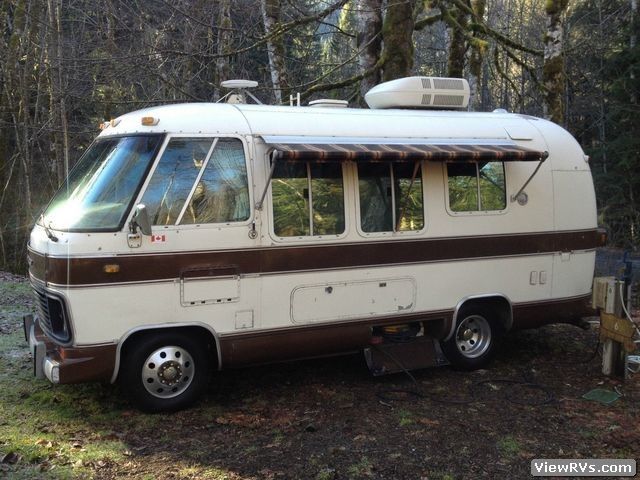AntiGroundhogDay
Well-known member
- Joined
- Dec 1, 2016
- Messages
- 203
- Reaction score
- 0
While I'd prefer a Class B for MPG and especially for fitting into a standard parking space.... I can't ignore the price drop when I move from searching for used Class Bs to B+ & C.
I realize a Class B is using the original Van structure and is better built than a stick built, cutaway, class B+ or C, but I suppose they all can't be crap and some are quite decent.
I also realize a B+ or C is not stealthy, but let's be honest, a traditional Class B sticks out as well as compared to a cargo van in a city.
With that said, I want to fit ~as best I can~ into a regular parking space. Do B+ RVs tend to be more narrow than a Class C? These ads tend to give very little information/specs.
I'm only considering RVs less than 21ft long.
Thanks.
I realize a Class B is using the original Van structure and is better built than a stick built, cutaway, class B+ or C, but I suppose they all can't be crap and some are quite decent.
I also realize a B+ or C is not stealthy, but let's be honest, a traditional Class B sticks out as well as compared to a cargo van in a city.
With that said, I want to fit ~as best I can~ into a regular parking space. Do B+ RVs tend to be more narrow than a Class C? These ads tend to give very little information/specs.
I'm only considering RVs less than 21ft long.
Thanks.





